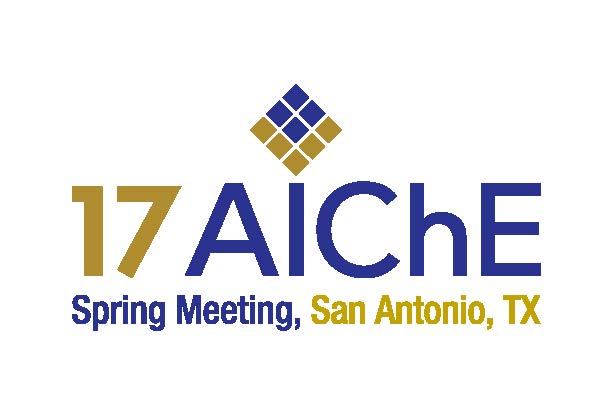

Fast pyrolysis of biomass followed by hydrotreating of the resulting pyrolysis liquid can produce a low-oxygen hydrocarbon liquid which holds promise as a refinery blendstock that could be used to produce transportation fuels. However many questions remain. The biomass feedstock affects the yield of pyrolysis oil and its physical and chemical properties. Catalytic upgrading of the pyrolysis vapors produces a higher-quality pyrolysis oil but in lower yield than standard uncatalyzed fast pyrolysis. The quality of the oil affects the yield and operability of the hydrotreating, including the number of stages required to produce a satisfactory intermediate or finished blendstock. Thus the best and most cost-effective path is still in question.
Therefore the Pacific Northwest National Laboratory (PNNL), Idaho National Laboratory (INL), and National Renewable Energy Laboratory (NREL), have collaborated to study the effect of feedstock properties and vapor-phase upgrading (VPU) on the yield and quality of the pyrolysis and hydrotreated products. Feedstocks were prepared and characterized at INL, fast pyrolysis and vapor phase upgrading on select samples was performed at NREL, and upgrading of the bio-oils to a finished fuel blendstock was performed at PNNL. Multiple linear regression models were used to correlate feedstock composition to bio-oil yields and qualities. Within experimental error, oil yields from fast pyrolysis and upgrading are shown to be linear functions of the blend components. The water content of fast pyrolysis oils was also observed to increase linearly with the summed content of potassium and sodium, ranging from 21% for clean pine to 37% for switchgrass. Pyrolysis oil yield on a dry basis (unit mass of dry oil per unit mass of dry feedstock) was observed to be affected primarily by three components (predictor variables) in the feedstock: volatile matter, total lignin, and the summed content of potassium and sodium. Importantly, the predictor variables are correlated, primarily because the herbaceous materials have high lignin and alkali metal contents and low volatile matter contents and also exhibit lower fast pyrolysis oil yields than the woody materials. Ongoing work is extending the model to predict the yield through the complete process to hydrocarbons.
Presenter(s)
Language
Pricing
Individuals
| AIChE Member Credits | 0.5 |
| AIChE Pro Members | $19.00 |
| Fuels and Petrochemicals Division Members | Free |
| AIChE Graduate Student Members | Free |
| AIChE Undergraduate Student Members | Free |
| AIChE Explorer Members | $29.00 |
| Non-Members | $29.00 |
